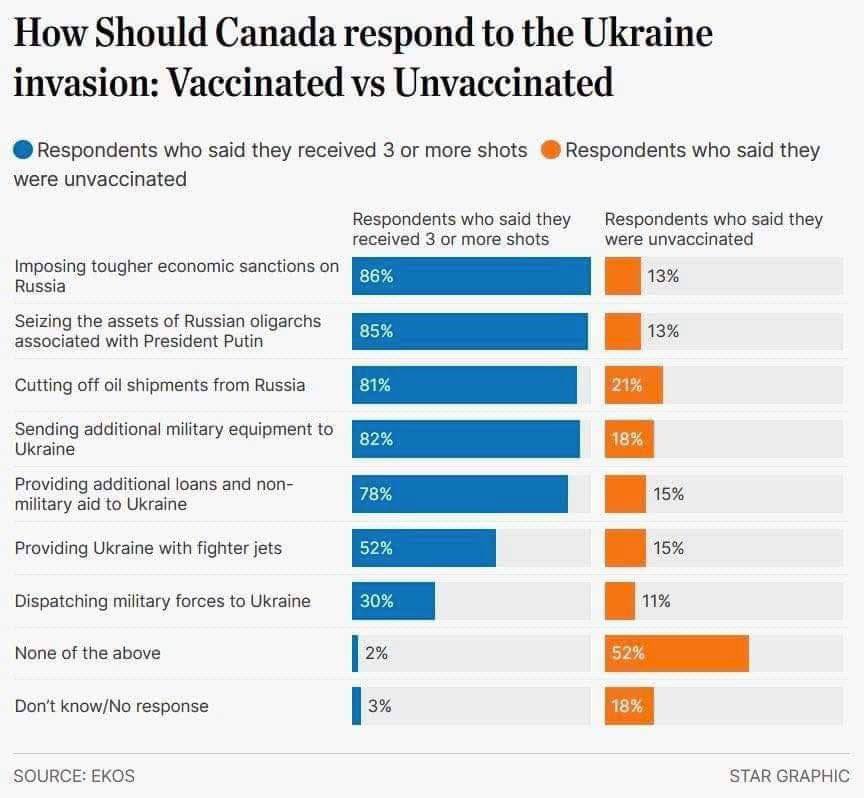Well see, you follow your shit sources and you miss all the facts
CNN has settled a lawsuit with a Kentucky high school student who was at the center of a viral video controversy, a spokesperson for the news network confirmed Tuesday.

www.cnn.com
Pay attention dummass.
Recently, some people have claimed that the residual DNA in some mRNA COVID-19 vaccine vials is above the regulatory limit — and that some of the short sequences could be harmful and cause cancer if they integrated into a person’s genome. But as we have
written, there isn’t reliable evidence that the residual DNA in the vaccines is too high, nor is there evidence that the DNA integrates, much less that it causes cancer or any other health problem.
Still, some individuals have continued to press the issue, making new false or unsupported legal claims related to the alleged “contamination.”
“You can now sue the mRNA COVID vaccine manufacturers for damages and the FDA is required to take the COVID vaccines off the market,” a
post on X, the platform previously known as Twitter, incorrectly stated on Oct. 21. “Why? Adulteration. The plasmid bioactive contaminant sequences were NOT pointed out to the regulatory authorities. It’s considered adulteration.”
The author of the tweet, Steve Kirsch, is a tech entrepreneur and a
prolific spreader of COVID-19 misinformation. His post was shared widely in
screenshots on Instagram. Others echoed Kirsch’s statements in their
own posts.
Legal experts and the FDA say the claims are wrong.
“The claim that the FDA is required to take any of the authorized or approved mRNA COVID-19 vaccines off the market is false,” the agency told us in an email. “With over a billion doses of the mRNA vaccines administered, no safety concerns related to the sequence of, or amount of, residual DNA have been identified.”
“[T]here’s no merit whatsoever to these claims,” Villanova University law professor
Ana Santos Rutschman, who specializes in vaccine law and policy, told us.
No Evidence of ‘Adulteration’
Kirsch’s central claim is that the mRNA COVID-19 vaccines are adulterated, or contaminated, with the template DNA used to make large amounts of the mRNA, which is the active ingredient in the vaccines. (He has incorrectly
referred to this as “plasma contamination.”)
Both the Pfizer/BioNTech and Moderna COVID-19 vaccines used a circular piece of DNA called a plasmid for this purpose in the early part of the manufacturing process. This is standard practice for many pharmaceuticals, and steps are taken to chew up and then remove the vast majority of this DNA. After purification, however, small amounts of these DNA fragments may still exist. There
isn’t evidence that the residual DNA is harmful, and regulators require quality control checks to make sure it is under a certain limit. Such residual DNA is not considered contamination.
As we’ve
explained before, some individuals claim to have tested vaccine vials and found levels of residual DNA that are above regulatory limits. But these unpublished analyses have been criticized, and regulators around the world have said they have not found anything concerning.
Kirsch has also
referred to “SV40 contamination” and
claimed that the vaccines are adulterated because “the manufacturers didn’t tell the FDA about the SV40 promoter.” SV40, or simian virus 40, is a monkey virus that can cause cancer in some animals, but has not been shown to cause cancer in humans. The virus is not present in either vaccine, but the Pfizer plasmid does contain some short sequences from the virus, which are not infectious and not known to cause cancer or to be harmful.
Neither Pfizer nor the FDA would tell us what Pfizer shared with the agency about its plasmid. But according to statements from other regulators, Pfizer provided the full plasmid sequence — from which anyone could have identified the SV40 components — but did not specifically note that it contained SV40 elements.
“While the full DNA sequence of the plasmid starting material was provided in the initial marketing authorisation application for Comirnaty, the applicant did not specifically highlight the SV40 sequence, as it was considered to be a non-functional part of the plasmid,” the European Medicines Agency, which helps regulate medical products in the European Union, told us in an email, referring to the brand name of the Pfizer/BioNTech vaccine. “They have since clarified this information in response to questions raised by EMA.”
The issue over what exactly was disclosed came to the fore when the Epoch Times, a conservative media outlet that frequently spreads COVID-19 misinformation,
reported that Health Canada, Canada’s version of the FDA, said that Pfizer had provided the plasmid sequence but had not pointed out the SV40 sequence.
According to the outlet’s Oct. 19 story, Health Canada said in a statement that it “expects sponsors to identify any biologically functional DNA sequences within a plasmid (such as an SV40 enhancer) at the time of submission.” The agency, however, was
adamant that this was not a safety concern and nothing had changed about its risk-benefit assessment for the vaccine.
Health Canada told us in an email that the “SV40 promoter enhancer sequence was found to be a residual DNA fragment in Pfizer-BioNTech COVID-19 vaccine,” but that the “fragment is inactive, has no functional role, and was measured to be consistently below the limit required by Health Canada and other international regulators.” It iterated that this was not a safety concern.

